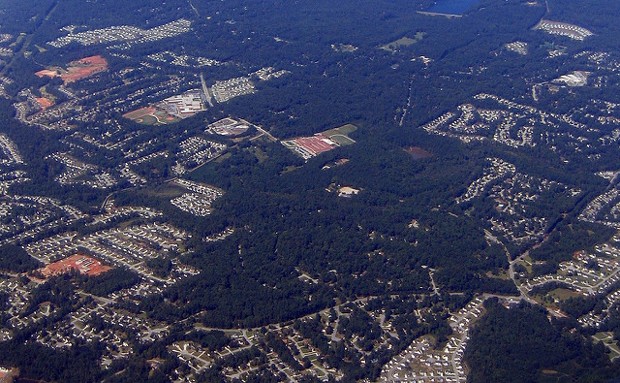For the land of opportunity, America ranks dismally low on upward mobility among the world’s developed countries. But what the groundbreaking work of Raj Chetty and others at the Equality of Opportunity Project has found in recent years is that even within the U.S., rates of upward mobility vary widely.
Among other things, this paper asks whether metropolitan sprawl contributes to the low rate of upward mobility for lower-income residents. The most important indicator of sprawl is poor accessibility. Poor accessibility may be a particular problem for certain socioeconomic groups, since low income and low automobile ownership make the distances inherent in sprawl harder to overcome.
The spatial mismatch of low-income (and often minority) residents in inner cities, and low-skill jobs in the suburbs, is particularly a serious case of inaccessibility. Evidence demonstrates that low-income residents have limited transportation mobility and inaccessibility to job opportunities can affect their social mobility. Still, there is no evidence in the literature on how sprawl itself may affect the upward mobility of youth in disadvantaged families.
Thus, people who live in relatively compact San Jose, for instance, have a much better chance of ascending into a higher social class over the course of their lives than people who live in, say, sprawling Atlanta.
Chetty and collaborators have found that a number of factors play a role in the upward mobility of a given metro area—residential segregation, income inequality, family stability, and school quality among them. But a brief glance at the geographical list, with San Jose and Atlanta at opposite ends, seemingly implicates urban sprawl as well.
Generally (not always), more compact an area, the easier time low-income workers have finding and getting to jobs—and thus improving their social status over the long term.
Sprawl may have a measurable impact on a person’s economic opportunities, but such dynamics are never so simple: many other local variables influence the social ladder.

